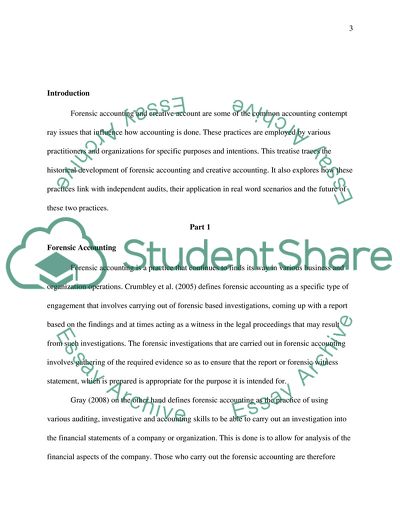Cite this document
(Forensic Accounting & Creative Accounting Essay, n.d.)
Forensic Accounting & Creative Accounting Essay. https://studentshare.org/finance-accounting/1851035-forensic-accounting-creative-accounting
Forensic Accounting & Creative Accounting Essay. https://studentshare.org/finance-accounting/1851035-forensic-accounting-creative-accounting
(Forensic Accounting & Creative Accounting Essay)
Forensic Accounting & Creative Accounting Essay. https://studentshare.org/finance-accounting/1851035-forensic-accounting-creative-accounting.
Forensic Accounting & Creative Accounting Essay. https://studentshare.org/finance-accounting/1851035-forensic-accounting-creative-accounting.
“Forensic Accounting & Creative Accounting Essay”. https://studentshare.org/finance-accounting/1851035-forensic-accounting-creative-accounting.


